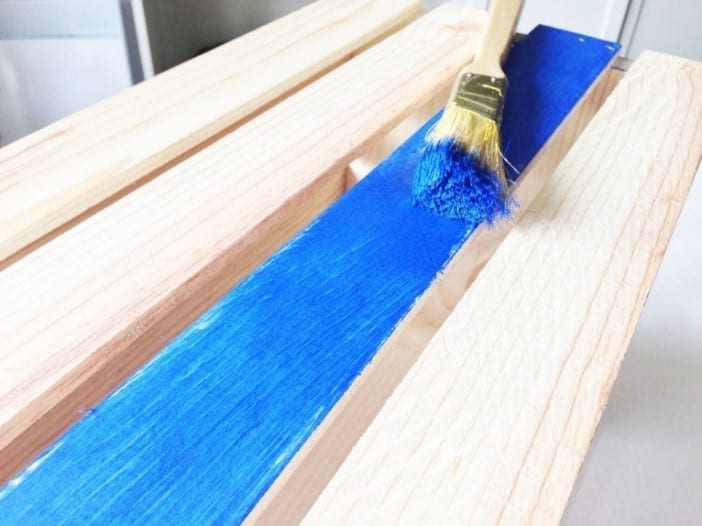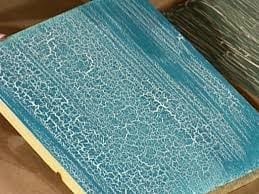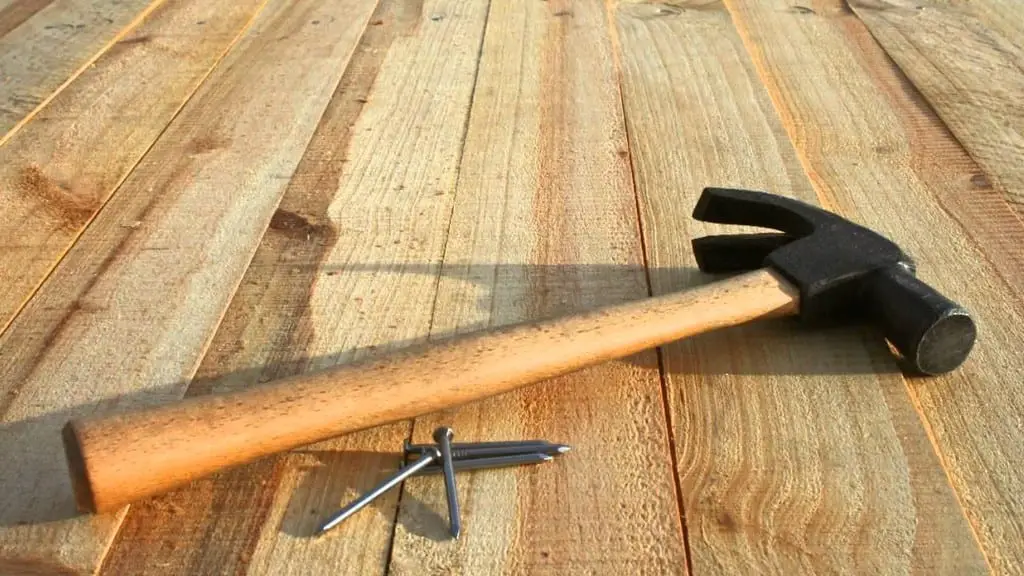As a passionate DIYer, I often get questions from my friends who are just getting started with exploring the magic of handmade crafts. Just recently, my best friend asked me to create a tiny cheat sheet to help her discover the best practices in aging wood for cheap.
For sure, one of the most straight-forward ways to add a weathered look to just about any wood surface is to opt for stains and paints. Nevertheless, the steel wool and vinegar method which helps to age wood gray have also become quite popular.
But how to age wood using other little-known methods which will not break the piggy bank or require any complex tools and equipment? This is what we are about to reveal below!
Let’s jump to the quick and easy to follow tutorial on aging wood like a pro. I am going to share my personal top 3 favorite techniques (and I bet these will excite you, too!).
What You Will Need To Follow This Tutorial
For creating a cracked effect on the wood you want to equip with
- Acrylic paint
- A paint brush
- School Glue
A Quick Pro Tip
Achieving a distressed effect on the surface of the wood by applying school glue is the easiest method in this compilation. You can even get your kids involved in the process and spend some quality time together. However, you must be patient until the effect takes place until the coating is completely dry.
For distressing the wood for a weathered appearance you want to equip with:
- Nails
- An old sock
- A hammer (or a mallet)
- Sandpaper
A Quick Pro Tip
This particular technique is also extremely easy while the final result you can achieve is simply stunning. However, if you want to take your masterpiece to the next level, you can try burning the edges and/or rough patches of the wood with a kitchen blowtorch before going through the rest of the wood with some sandpaper.
For creating wormholes on the wood surface you want to equip with
- 2×4 board
- A hammer (or a screw)
- A few drywall nails
A Quick Pro Tip
Even though this method is beginner-friendly, don’t forget to protect your hands and eyes while hammering the wood surface in order to create the wormholes effect.
Tiny particles of the wood may affect your eyes if you are not careful. Nevertheless, small pieces of the wood can also harm your hands in the case you apply a lot of pressure and/or use an old piece of wood for hammering.
Step By Step Tutorial To Aging Wood (in 3 cheap and easy ways!)
The Distressed Looks Method
Step 1 – Place the nails in an old sock

Image Credit: craftjack.com
Once you place the nails in an old sock (keep in mind that any other suitable cloth can do the trick but you need to make sure the cloth’s fabric is durable and thick), simply start hitting the surface of the wood.
Tie the nails in the sock or cloth of your choice neatly so that they don’t stand a chance of jumping out and harming you while you are hitting the wood. Keep hitting as many times as you wish until you achieve the desired looks.
Step 2 – Finish with a hammering and sanding the wood

Image Credit: Pinterest
All you have to do now is to hit the surface of the wood again by using a hammer and/or a mallet. The hammer will create soft strikes while the mallet will make up for wider strikes on the surface of the wood. That’s why combining both of these tools will create a more impressive final result.
Afterward, go over the wood with fine grit sandpaper. You don’t want to apply much pressure but simply rub the wood well. Doing so will help to achieve a very organic appearance, just as if the wood has aged naturally over time.
The Crackles Method
Step 1 – Paint the wood and apply the school glue

Image Credit: woodguide.org
For a start, you need to paint the wood with acrylic paint. It is the combination of school glue and acrylic paint which makes the tiny crackles appear on the surface. Don’t wait for the acrylic paint to dry. Proceed with applying a generous amount of school glue as soon as a few minutes have passed after layering the first coat of acrylic paint.
Step 2 –Proceed with adding one more layer of acrylic paint

Image Credit: foodnetwork.com
The glue you apply must become tacky by drying just for a little while. Keep in mind you should not let the opaque layer of glue dry out thoroughly. Next, brush a second layer of acrylic paint over the sticky glue. Good job! Now, you simply need to allow the mix of glue and acrylic paint to dry out before you can notice the tiny cracks appear on the surface.
The Wormholes Method
Step 1 – Hammer the dry nails into the 2×4 board

Image Credit: youtube.com
You can hammer the dry nails into the 2×4 board but you can also use screws for the same purpose. You want to make sure the end of each nail sticks through the bottom of the board and is stable enough to utilize in order to apply pressure on the wood surface.
Step 2 – Beat the wood to create small “wormholes” on the surface

Image Credit: pinterest.com
You are almost done! Let the fun part begin. It’s time to hammer the surface of the wood with the 2×4 board. The nails you have attached will create the wormhole effect. Try hammering through different angles because this will help to achieve a natural appearance of a wood, eaten up by wormholes. After all, the natural patterns are never strict but always perfect in their imperfection.
Have you tried some of the 3 methods in our compilation to age wood ever before? You can share your impressions, tips, tricks, or any questions and/or remarks in the comment section below.
I am a firm believer that the beauty of being a DIYer is all about communication. If it wasn’t for other DIYers who have generously shared their experience, I wouldn’t have been able to learn so much on my way.
Next time you get in an Aww while looking at the gorgeous weathered wood furniture on the shop window, why don’t you have some fun with the cheap and wonderful techniques we listed for you? By liking and sharing this content you can help us spread the good vibes to more fellows DIYers out there.








